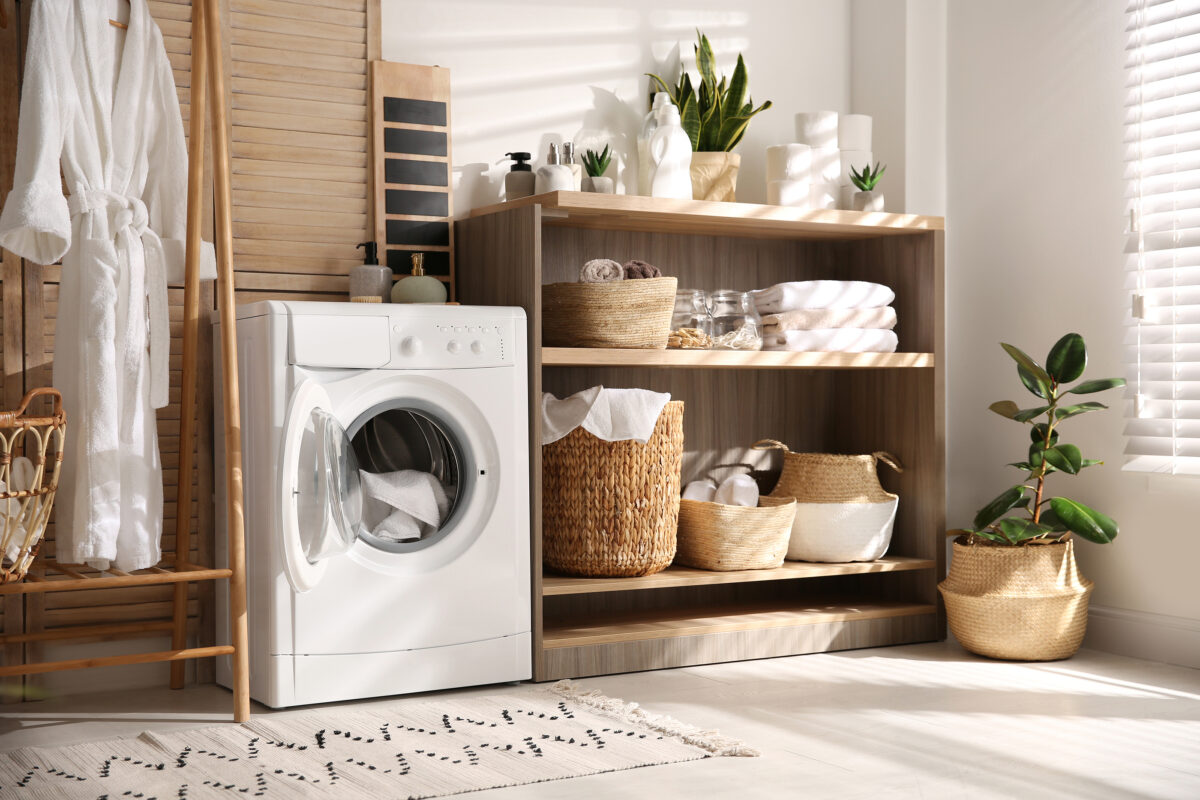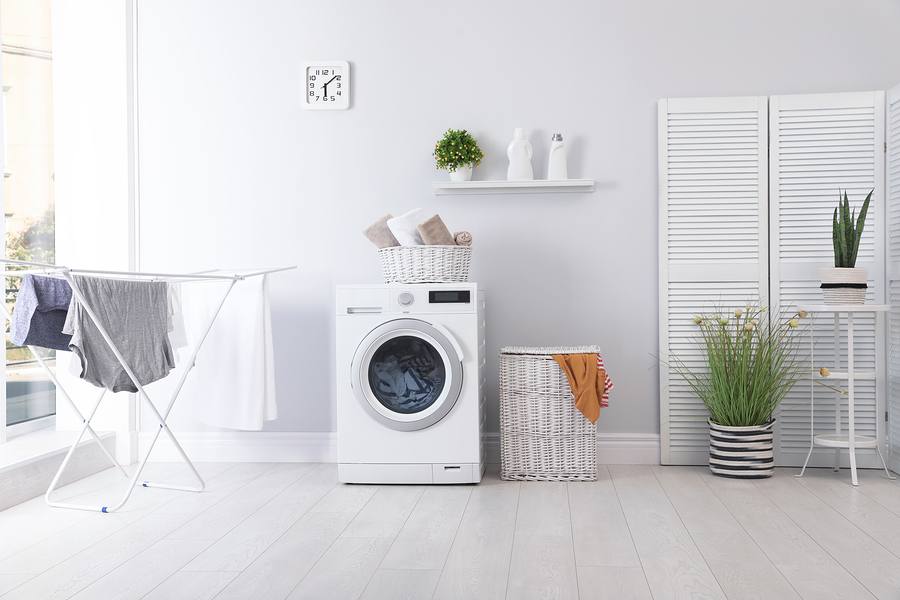Your laundry room might be spotless, but if you haven’t scheduled dryer vent cleaning recently, you could be sitting on a ticking time bomb. Lint, dust, and debris build up quietly over time, and they’re highly flammable. Many homeowners are surprised to learn that dryer-related fires are more common than chimney fires.
Dryer Vent Cleaning Keeps Your Home Safer
Every time you run your dryer, lint collects in places you can’t see. The lint trap only catches so much. A lot of it sneaks into the vent hose and clings to the inside walls, forming a thick, sticky layer that doesn’t take much heat to ignite. Lint is basically kindling. And the longer it sits, the worse the risk.
Dryer vent cleaning scrapes away those hidden layers and clears out any debris that could block airflow. This helps your dryer release hot air properly instead of overheating. Even gas dryers, which are often considered lower-risk, can become dangerous when airflow is restricted.
Fire departments across the country have warned that dryers cause thousands of house fires each year. This is fully preventable. Regular dryer vent cleaning keeps your home safer and reduces your chances of becoming a statistic.
How Dryer Vent Cleaning Saves You Money
Fire prevention is reason enough to clean your vents, but there’s another perk: lower energy bills. When your dryer vent is clogged, your machine has to work harder. Drying takes longer. You might run two or three cycles just to get one load finished.
That’s a waste of time, money, and electricity. A professional dryer vent cleaning gets things back to normal. You’ll notice your clothes dry faster, your laundry room smells fresher, and your energy bill starts to shrink.
This kind of maintenance pays for itself. And it can help your dryer last longer, too. Constant overheating and extended cycles wear down parts more quickly. Replacing a dryer costs a lot more than booking a cleaning.

You Can’t See the Risk, But It’s There
One of the biggest problems with lint buildup is that it hides. You might look behind your dryer and think things are fine. Maybe you even vacuum back there now and then. But the real danger is inside the vent hose and ductwork. Out of sight, out of mind.
We’ve seen vents completely packed with lint, pet hair, bird nests, and even the occasional sock. It doesn’t take much for something to catch fire. Dryer vent cleaning reaches those hidden spots and clears out anything that shouldn’t be there.
Even if your dryer seems to be working, it could be straining. Subtle signs—like a musty smell or a hot exterior—often go unnoticed until there’s a problem. That’s why regular cleaning matters.
When to Schedule Dryer Vent Cleaning
Most homes need professional dryer vent cleaning at least once a year. Some need it more often. If you have furry pets, run your dryer frequently, or have a long vent run, lint builds up faster.
There’s no exact science to timing it perfectly, but here are some warning signs:
- Clothes take longer to dry than they used to
- The laundry room feels unusually warm or humid
- You smell something burning or musty near the dryer
- The outside vent flap doesn’t open fully when the dryer runs
- You can’t remember the last time you had it cleaned
If any of these sound familiar, you’re overdue.
What Happens During Dryer Vent Cleaning
Dryer vent cleaning isn’t just about poking a vacuum in the hose. When we show up, we inspect the full system—dryer, hose, wall connector, and the exterior vent. We check for blockages, damage, and flammable debris.
Using specialized tools, we clear the entire length of the vent line from inside and out. Then we test the airflow and make sure everything is working safely and efficiently. We’ll also let you know if we spot anything that needs repair.
This kind of service takes the guesswork out of home safety. It’s quick, effective, and gives you peace of mind.
Why Professional Dryer Vent Cleaning Beats DIY
Some homeowners try to clean their dryer vents themselves. And while a few can manage a surface-level cleaning, most don’t have the right tools to reach the full length of the vent. A shop vac or a brush kit from the hardware store might help a little, but it won’t fully clear the system.
We’ve been called in after DIY attempts that made things worse. Sometimes the brush head gets stuck, or lint gets compacted instead of removed. This creates an even bigger hazard. Dryer vent cleaning is something best left to pros who do it every day and know what to look for.
Plus, a professional cleaning includes a full inspection. We don’t just clean and leave—we make sure your vent system is set up correctly, safe to use, and up to code.
Don’t Let May Slip By Without Dryer Vent Cleaning
May is a great time to get ahead of summer maintenance. Dryers work harder when temperatures climb, especially if your laundry room isn’t well-ventilated. A clean vent system helps your dryer perform better and lowers the risk of fire.
By scheduling dryer vent cleaning now, you’re also beating the fall rush. Many homeowners wait until late summer or early fall to think about home safety. That means longer wait times and tight schedules. Spring is our sweet spot for getting in and out quickly, with minimal disruption to your day.
A Simple Step That Pays Off
Dryer vent cleaning is one of those simple things that makes a huge difference. It’s easy to forget about it, but the risks of waiting are too big to ignore. This is one of the quickest, smartest ways to improve safety and lower utility costs.
If you can’t remember the last time your dryer vent was cleaned, it’s time to give us a call.
Schedule It Before You Forget
We get it—life is busy. But dryer vent cleaning is one of those small tasks that protects your family and home. Contact us today to book an appointment.




